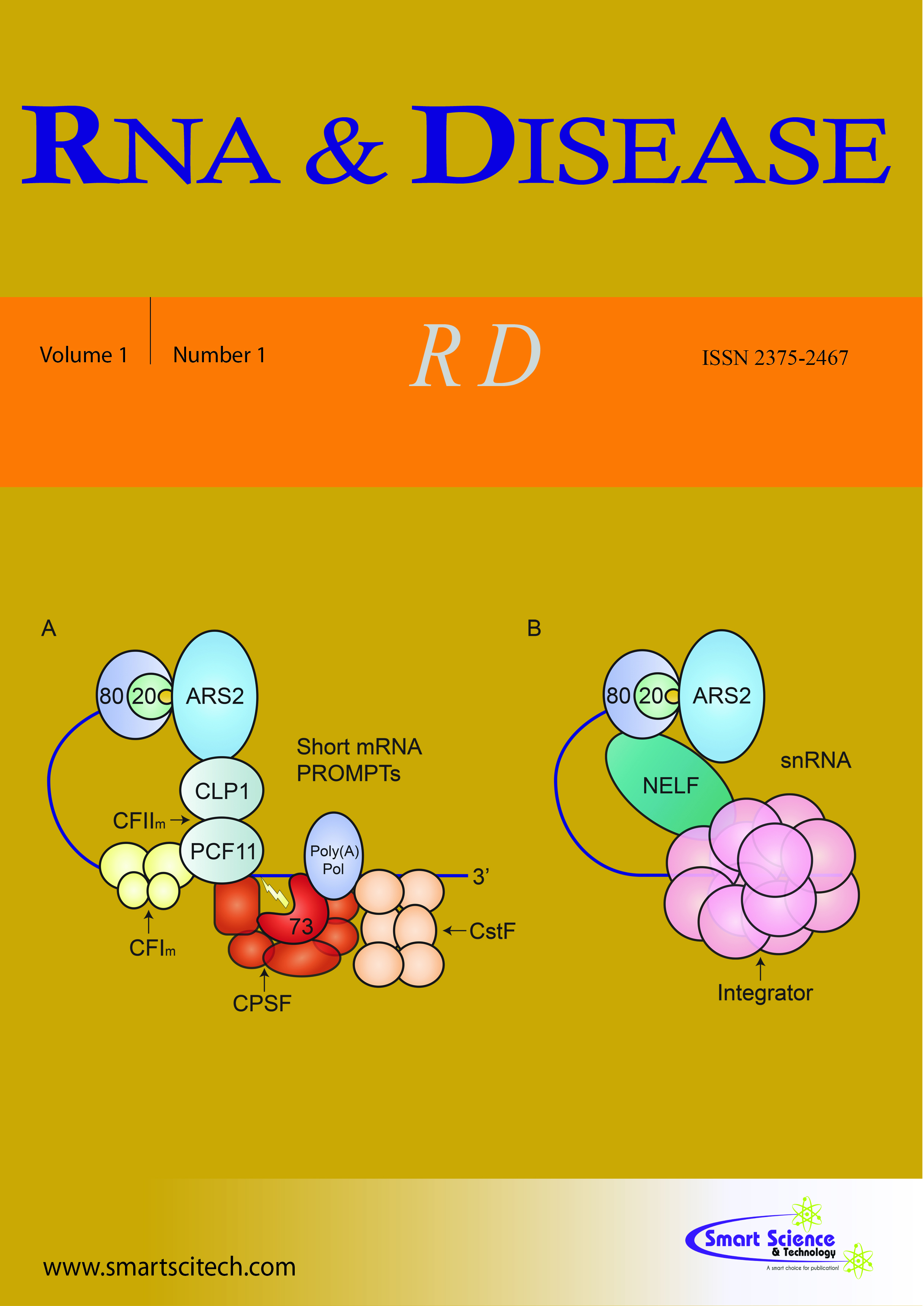microRNA-34a: a new player in arterial inflammaging
DOI: 10.14800/rd.757
Abstract
Arterial inflammaging highly contributes to cardiovascular morbidity and mortality. As vascular cells age they become senescent and sustain a chronic low grade sterile inflammation by acquiring a senescence-associated secretory phenotype (SASP). The molecular mechanisms leading to the phenotypic changes affecting endothelial cells (ECs) and vascular smooth muscle cells (VSMCs) are also relevant for the pathogenesis of vascular diseases, such as atherosclerosis and hypertension. Therefore, unravelling the etiology of vascular inflammaging becomes of crucial importance. MicroRNAs (miRNAs) are small non-coding negative post-transcriptional regulator that are emerging as promising drug targets. MicroRNA-34a (miR-34a) had been implicated in tissues aging and endothelial and endothelial progenitor cells senescence. Our recent work showed that this miRNA is upregulated in aged mouse aortas as well as in senescent VSMCs. Conversely, its target SIRT1 is downregulated in the same specimens. We also found that miR-34a can inhibit VSMCs proliferation and induce VSMCs senescence, the latter by the direct regulation of SIRT1. Notably, for the first time, we demonstrated that miR-34a is also able to modulate the SASP by inducing the transcriptional expression of a subset of pro-inflammatory factors in a SIRT1-independent manner. These data support a model in which the age-dependent upregulation of miR-34a, by affecting senescence and inflammation of vascular cells, could play a causal role to arterial dysfunctions. Hence, further studies are necessary to unravel miR-34a-dependent mechanisms leading to arterial inflammaging in order to develop an effective strategy to age-related cardiovascular complications.












